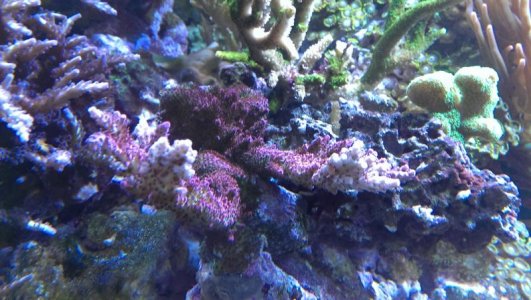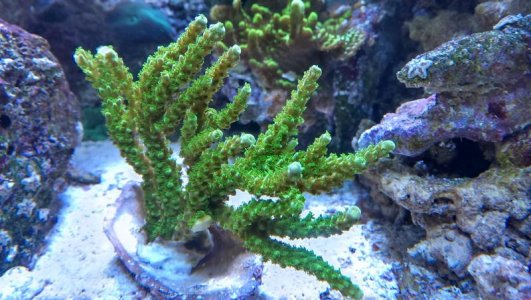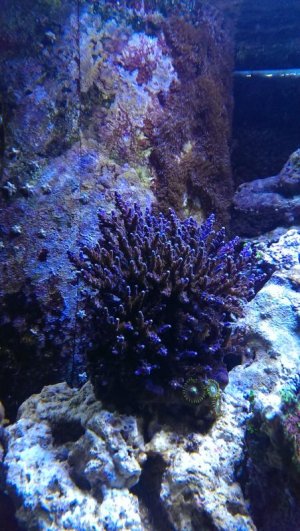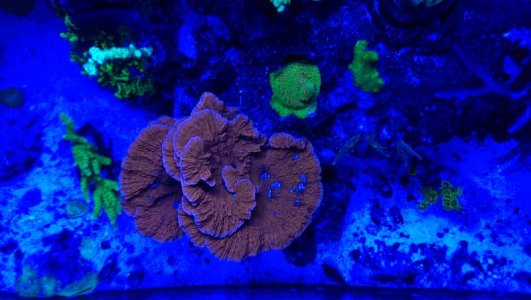I think you might have taken what I said out of context a bit. These threads always worry me as it's easy to steer people down a dangerous path. People tend to mix up "dirty or nutrient rich (high phosphates, and nitrates)" with "Feeding your corals". Right now my nitrates are at 2.5 and my phosphates were at .15 (now .07). This is not where I want to be clearly I was over feeding based on what my tank can process. If I can feed and keep them as close to as possible 0'd, that tends to be ideal. If you end up with nutrient levels that are high you can stunt the coral growth, brown your corals, end up with algae and Cyano, the dreadful green boring algae, and even possibly kill your corals. Like I said earlier if you just tossed things into your sump and let them rot it wouldn't benefit you just to have elevated nitrate & phosphates. It's feeding that your corals that are going to improve things and the better you can strip things out and continue to feed the better off you will be. Yes you can also go the feed less route but you don't want to do that in conjunction with carbon dosing or other ULNS practices. It's sort of like this
In my experience this is what I have seen (or something along these lines)
Feed + Low Export = High Nutrients, Algae, brown corals, cyano, death
Feed + Medium Export = Slow growth, ok/good colours
Feed + High Export = Good colours, good growth
Low/No Food + Low Export = OK colours, good growth
Low/No Food + Medium Export = Pale colours, ok growth
Low/No Food + High Export = Bleached out corals (I never stuck around in this area very long so I can't speak to how growth is)
Of all the scenarios above the easiest is low food, low or medium export. The others all require you to walk a fine line. The biggest risk for me when it came to running at higher nutrients is everything would seem fine for some time but you would just sloowly start to get more algae and things would start to get worse and worse over time. But it can happen very gradually because you really have to walk a fine line when you are feeding so heavily. After a while I start to notice that all my corals sort of perk up when I do water changes, and If I get to a place where I do start to notice that my corals all sort of "perk up" after a water change, it's a sign to me that things are heading in the wrong direction, if I let it slip to far it's going to be a long uphill battle to get the tank to come back around.
Don't get me wrong if it works for you great, but for me it was to hard to balance "nutrient rich" and "excessive nutrients"






